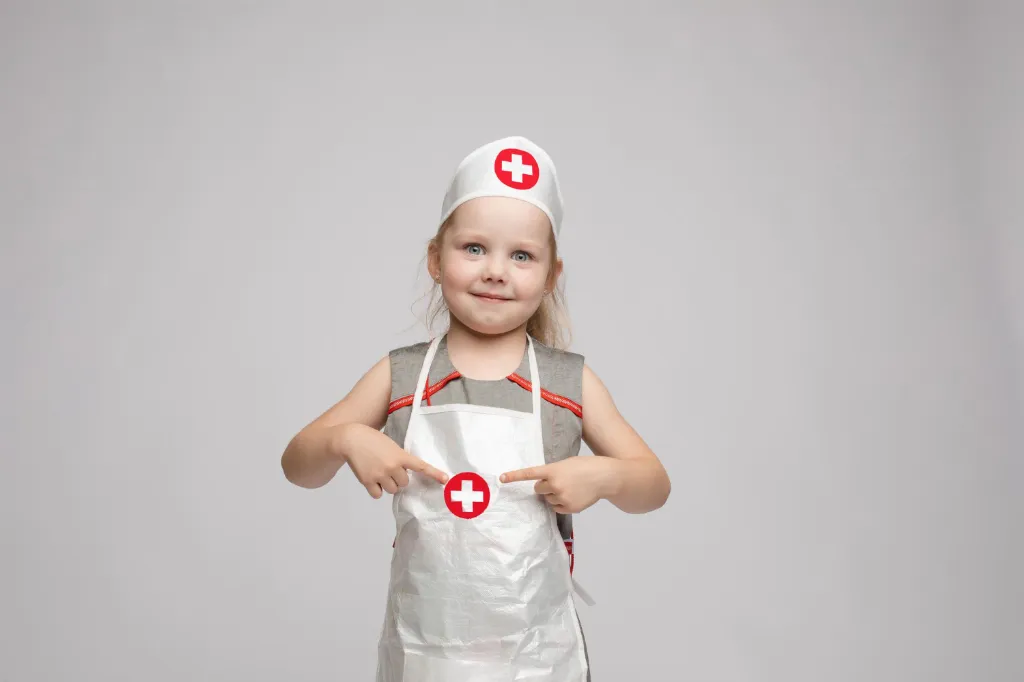🩺Safe & Sound: Health and Safety Requirements Every Childcare Provider Must Know
 🩺Safe & Sound: Health and Safety Requirements Every Childcare Provider Must Know
🩺Safe & Sound: Health and Safety Requirements Every Childcare Provider Must Know
Safety is the cornerstone of childcare. Parents trust providers with their most precious responsibility—their children. To earn and maintain this trust, providers must meet strict #health-and #safety requirements while creating a nurturing environment.
👉 If this resonates with you, remember to follow ChildCareED on social media for more updates, resources, and professional #development tools!
🤔 Why Are Health and Safety Standards So Important?
Children thrive when they feel safe. Regulations exist to protect children from risks and ensure they’re cared for in environments that promote well-being. Compliance isn’t just about meeting rules—it’s about demonstrating professionalism and responsibility.
📋 What Are the Core Health & Safety Requirements?
Childcare providers are responsible for:
-
Health practices – Handwashing, cleaning, food safety, illness management
-
Safety standards – Playground safety, supervision, hazard prevention
-
Emergency #preparedness – Evacuation plans, first aid, CPR training
-
Record keeping – Health records, incident reports, allergy plans
For a deep dive into these topics, explore Health & Safety Requirements for Childcare Providers.
🧰 How Can Providers Prepare for Emergencies?
Preparation includes:
-
Conducting regular drills
-
Stocking up-to-date first aid kits
-
Training all #staff in CPR and first aid
-
Keeping #emergency contacts current
Use the Lesson Plan Template (Birth to Five) or Sample Weekly Lesson Plan: Infant-Toddler to integrate safety into your teaching plans.
🧑🤝🧑 How Do Providers Promote a Culture of Safety?
Beyond compliance, creating a culture of safety involves:
-
Clear communication with families
-
Transparent policies about illness and injury
-
Empowering staff to report concerns without fear
-
Ongoing evaluation and improvement
🌟 Final Thoughts
Health and safety are not optional—they are the foundation of quality childcare. By meeting and exceeding requirements, providers ensure peace of mind for families and brighter futures for children.
👉 For more professional insights and practical tools, follow ChildCareED on social media and keep building your expertise in #early-childhood-education.
- Safe Sleep Training
- Transportation Safety
- Basic Health & Safety and Breastfeeding Awareness
- Administering Basic Health and Safety ONLINE
- Preventative Health and Safety
- Abuse and Neglect: Signs and Reporting
- Health and Safety Orientation
- Medication Administration and the Prevention of and Response to Food and Other Allergies in the Child Care Environment
- How to Start a Daycare with Little Money
- A Comprehensive Guide to Opening an In-Home Daycare in South Carolina
- How to Choose the Right Childcare Provider: What Parents Need to Know
- Every Childcare Provider Must Be Trained in Basic Health & Safety
- Child Care Licensing in Texas: 2025 Rule Changes Every Director Needs to Know
- Daycare Certification: What You Need to Know to Start and Succeed
- 🩺Safe & Sound: Health and Safety Requirements Every Childcare Provider Must Know
- 🏫 How Can Educators Keep Children Safe and Sound in Every Learning Environment? 🌱
- 🌟 How Can You Protect Children’s Health and Happiness in Every Learning Environment?
- 🧸 How Can Everyday Safety Transform Your Child Care Environment?
- 📋🧸 What Do You Need to Work in Childcare in North Dakota?
- Child Care Licensing and Regulations in Michigan
- 🚀How Can New Staff Quickly Get Oriented to North Dakota’s Childcare Standards?
- Understanding Childcare Licensing and Regulations in New York
- Understanding Childcare Licensing in Oklahoma
- Child Care Health and Safety Basics: A Guide for Every Provider
- ChildCareEd Courses for Child Care Providers in New York
- 👶 New to Illinois Childcare? Here Are the Mandatory Training Topics You Must Know! 📚
- What Are the Recent and Upcoming Changes to Maryland Child Care Regulations?
- Preventing Injuries in Child Care Classrooms